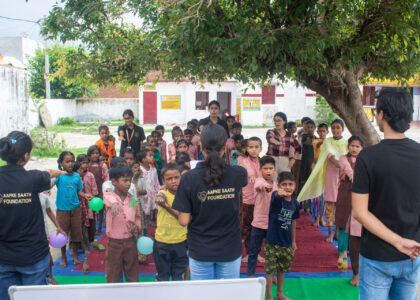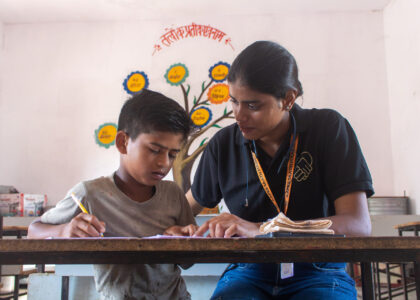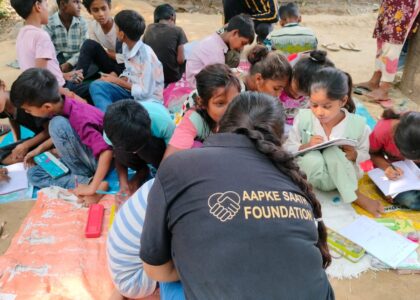How Innovative Learning Helps Underprivileged Children

Education is the key to unlocking potential, yet millions of underprivileged children struggle to access quality learning opportunities. According to UNESCO, around 258 million children, adolescents, and youth were out of school worldwide in 2019. This highlights the urgent need for innovative learning for underprivileged children to bridge the gap and empower them with knowledge and skills.
What is Innovative Learning?
Innovative learning is a student-centred approach that promotes active engagement, critical thinking, and problem-solving. It integrates technology, community involvement, and creative teaching methods to enhance learning outcomes, especially for underprivileged children.
15 Effective Innovative Learning Methods for Underprivileged Children
Here are some innovative approaches that are helping children from marginalised backgrounds receive quality education:
1. Digital Learning Platforms
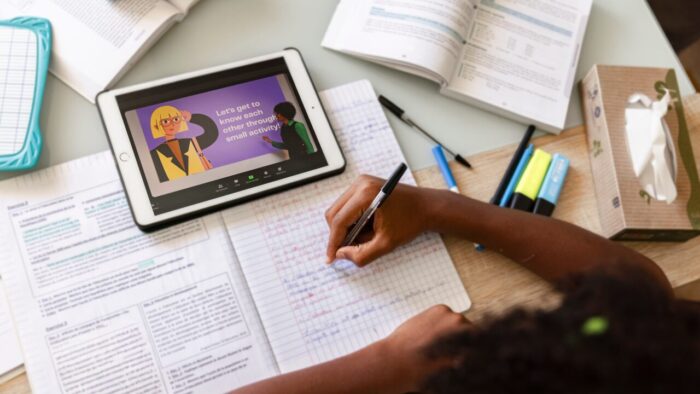
Online platforms provide free or low-cost educational resources to students.
👉 Example: Khan Academy, BYJU’S, and EkStep offer interactive lessons, video tutorials, and personalised learning experiences tailored to individual students’ needs.
2. Mobile Learning Units
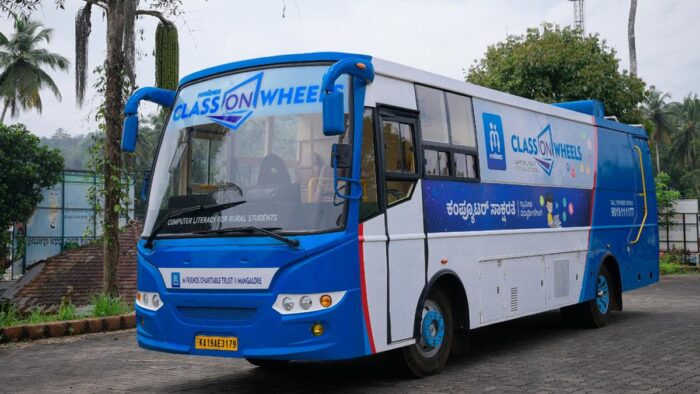
Buses or vans equipped with digital devices, internet access, and study materials reach remote areas where children lack access to schools.
👉 Example: ‘Digital Classroom on Wheels’ in India provides a mobile education system, bringing teachers and resources to rural communities where traditional schooling is unavailable.
3. Gamification & Experiential Learning
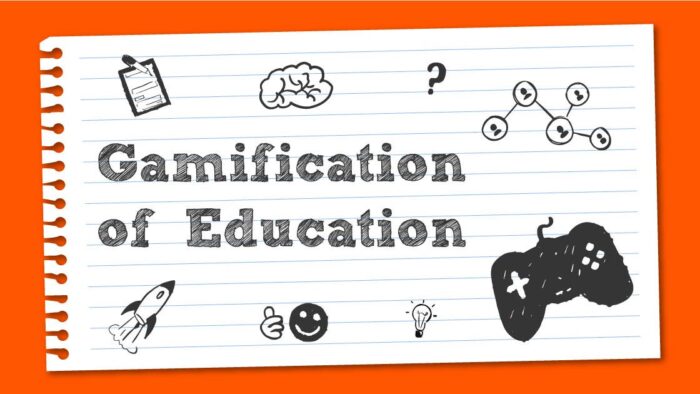
Learning through games, puzzles, and hands-on activities makes education fun and engaging.
👉 Example: Akanksha Foundation in India uses a gamified learning approach where children earn points for completing lessons, making education more interactive and rewarding.
4. Community-Based Learning
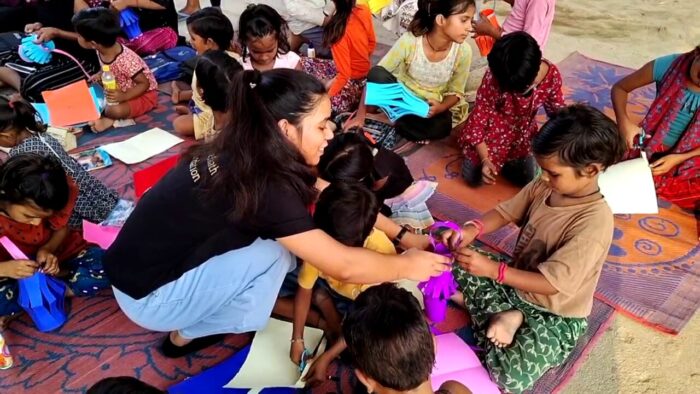
Local communities and NGOs establish learning centres with necessary resources and trained educators.
👉 Example: Door Step School (DSS) collaborates with slum communities to set up classrooms in temporary shelters, ensuring that street children receive regular education.
5. Flipped Classroom Model
Students study concepts online at home and do practical activities in class for better retention.
👉 Example: Pratham NGO uses this model, where students watch video lectures at home and solve problems in group activities at school, enhancing their problem-solving skills.
6. Peer-to-Peer Learning

Students learn collaboratively by teaching and mentoring each other.
👉 Example: Teach For India pairs advanced students with younger ones, fostering a mentorship culture where children help each other grasp complex subjects.
7. Project-Based Learning
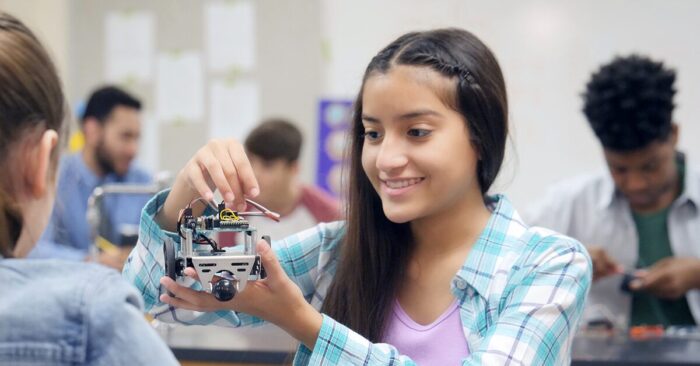
Children work on real-world projects integrating multiple subjects like science, math, and technology.
👉 Example: The Learning Lab in India promotes hands-on STEM projects where students build working models of wind turbines and solar panels to understand renewable energy concepts.
8. Virtual Reality (VR) & Augmented Reality (AR) Learning
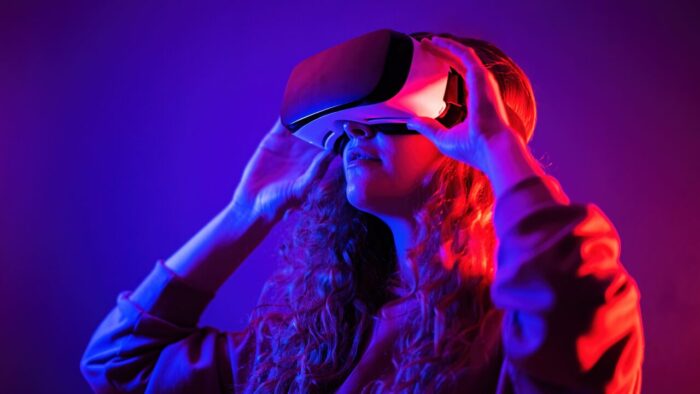
Immersive technology makes complex topics interactive and engaging.
👉 Example: Google Expeditions allows students to take virtual field trips to historical sites, oceans, and outer space, making learning more exciting and accessible.
9. Art-Based Learning
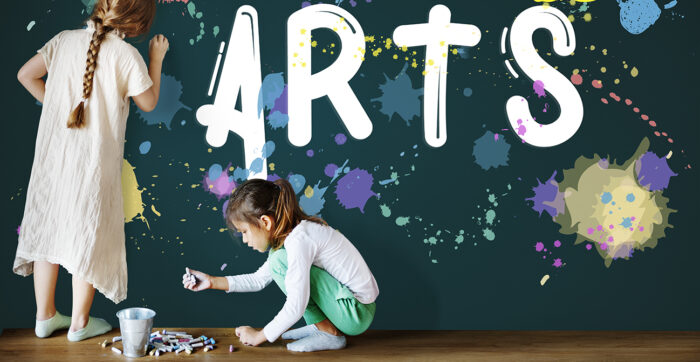
Using art, music, and drama to teach academic subjects creatively.
👉 Example: ArtReach India collaborates with artists to integrate visual arts and storytelling into school curriculums, making learning more relatable and enjoyable for children.
10. Outdoor Classroom Learning
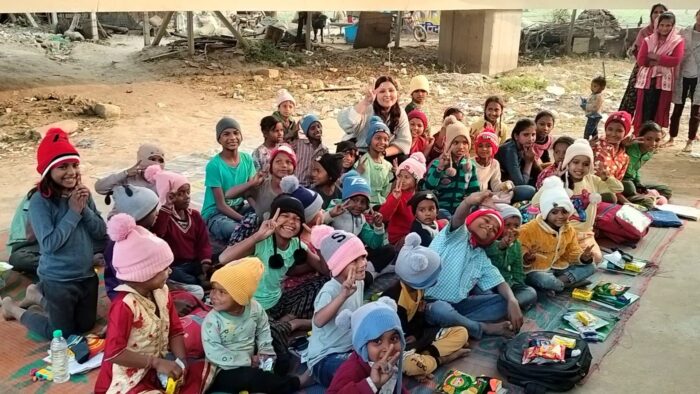
Children learn through nature-based experiments and environmental activities.
👉 Example: Aapke Saath Foundation in India organises outdoor learning camps where children explore forests, plant trees, and understand biodiversity through real-life experiences.
11. Collaborative Learning
Students work in groups to achieve learning goals through teamwork.
👉 Example: The Riverside School in Ahmedabad implements collaborative projects where students solve real-world problems, such as waste management in their communities.
12. Real-World Learning

Connecting classroom learning to practical applications in daily life.
👉 Example: Goonj NGO incorporates real-world applications by encouraging students to work on projects like water conservation and sustainable farming.
13. Mentorship Programmes
Students are paired with mentors for academic and personal guidance.
👉 Example: iMentor (USA) connects students with professionals who guide them through career planning, higher education, and skill development.
14. Language Learning Apps
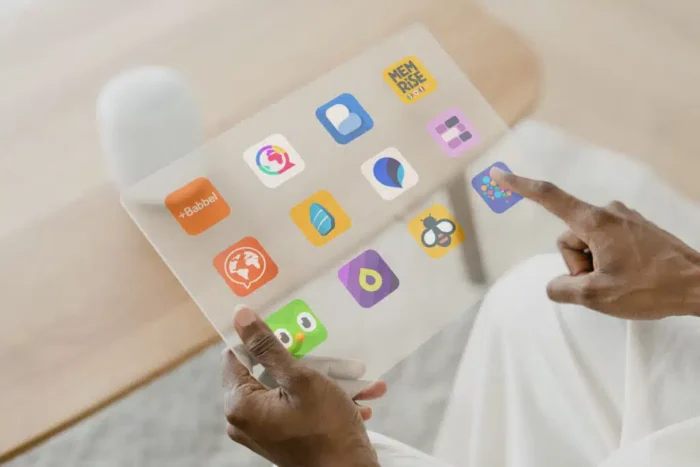
Mobile apps offer interactive language learning for better communication skills.
👉 Example: Hello English is an Indian language-learning app that helps students improve their English and Hindi skills through gamified lessons.
15. STEM Education
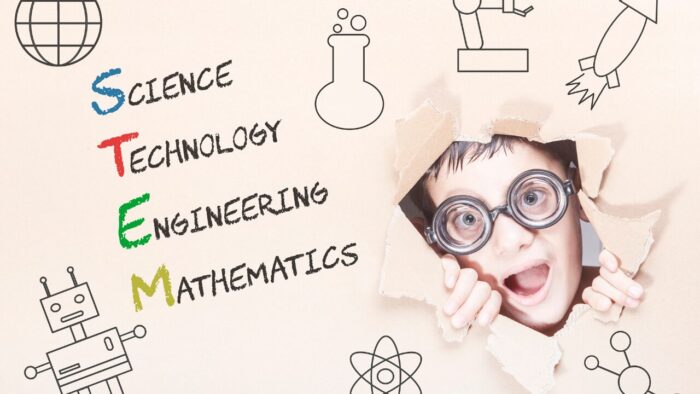
Focuses on science, technology, engineering, and maths through hands-on experiments.
👉 Example: RoboShiksha Kendra (India) introduces robotics and coding to underprivileged children, sparking interest in science and technology careers.
Government Initiatives Supporting Innovative Learning in India
The Indian government has launched several programmes to enhance innovative learning for underprivileged children:
- ✅ National Curriculum Framework for School Education (NCF-SE) – Encourages creative and multidisciplinary learning.
- ✅ SWAYAM Plus – Provides free online courses to enhance skills and employability.
- ✅ Project ODISERV – A skill development initiative helping youth find jobs in the financial sector.
- ✅ INSPIRE MANAK AWARDS – encourage children to develop innovative solutions to real-world problems.
- ✅ Digital Learning Platforms – Initiatives like Khan Academy, DIKSHA, and e-Pathshala provide free study materials.
Innovative learning methods are revolutionising education for underprivileged children in India. Digital platforms, mobile learning units, gamified learning, and community-driven initiatives are making quality education accessible to all.
“Innovative approaches to education can help reach the most marginalised and disadvantaged groups, providing them with the skills they need to succeed.“
–UNESCO
By embracing these solutions, we can create a brighter future for every child.
Donate and Get Tax Benefits
Get All the Info You Need About the Campaign from Our Volunteer
Feel free to contact our friendly volunteers—they’re happy to help!
FAQs
Innovative methods like digital learning platforms, mobile classrooms, gamified education, community-based learning, and project-based teaching help underprivileged children access quality education in India.
Digital learning provides free or low-cost educational resources, interactive lessons, and access to quality content through platforms like Khan Academy, BYJU’S, and DIKSHA, helping children study at their own pace.
Yes, initiatives like SWAYAM, e-Pathshala, DIKSHA, and the National Curriculum Framework for School Education (NCF-SE) offer free digital education and skill development programmes for underprivileged students.
NGOs play a crucial role by setting up community learning centres, providing free educational resources, mentoring students, and using mobile classrooms to reach children in slums and rural areas.
Platforms like Khan Academy, Diksha, e-Pathshala, and Hello English provide free courses, language learning tools, and interactive lessons to help children from low-income backgrounds improve their skills.

